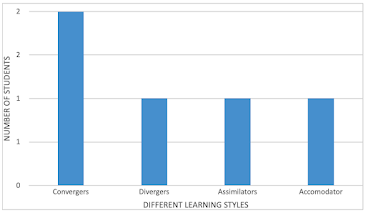Differentiation with Technology
Differentiation with Technology Using DI as a key method for instructional preparation identifies hidden challenges inside the learning environment. One of the several advantages of DI planning is that it permits, even demands, instructors to become more closely acquainted with the needs and talents of individual students. Taking care of the teacher-student connection might help to revitalize instruction. Furthermore, focusing on the classroom environment improves the context for instructing. Furthermore, catering to student readiness to study promotes academic progress by addressing students' needs and providing them with the necessary pre-requisite skills and knowledge for the master's subject (Anas, 2019). Technology has the potential to greatly enhance differentiated instruction by providing a range of tools and resources that can be customized to meet the individual needs of diverse learners. By creating environments that appeal to student interests, technology can help ...
